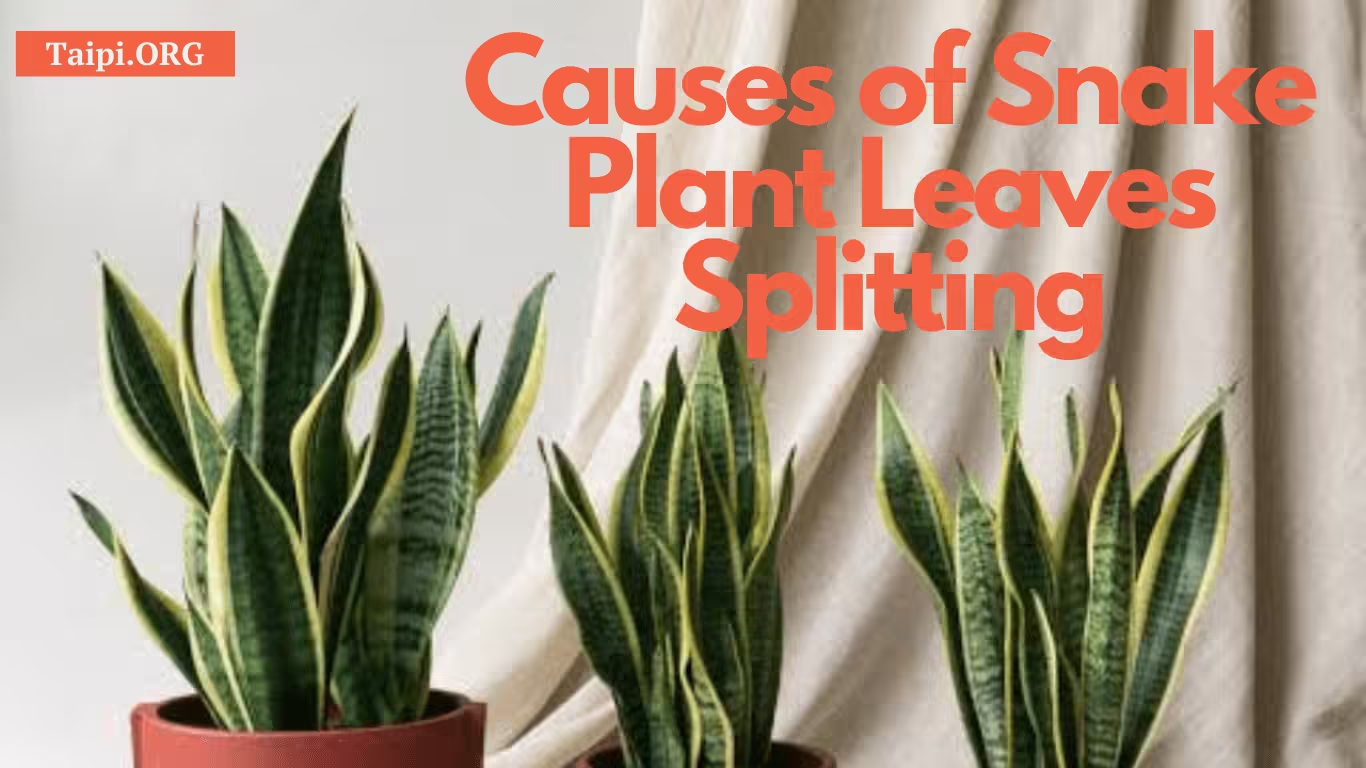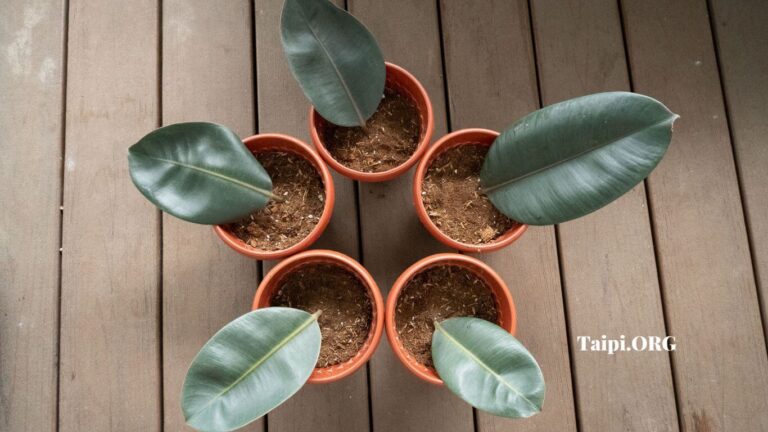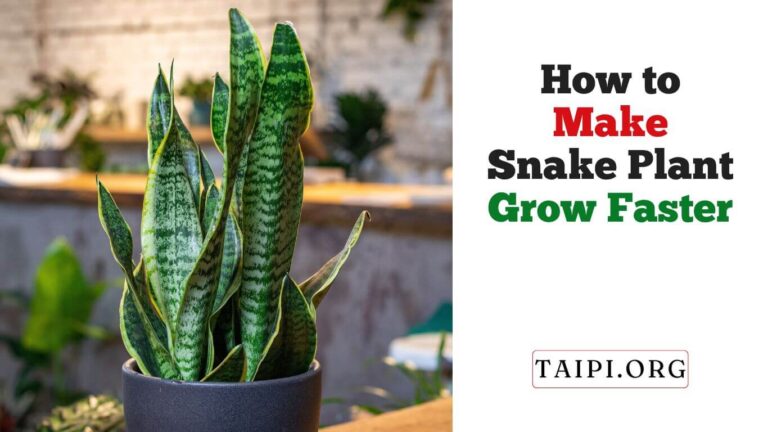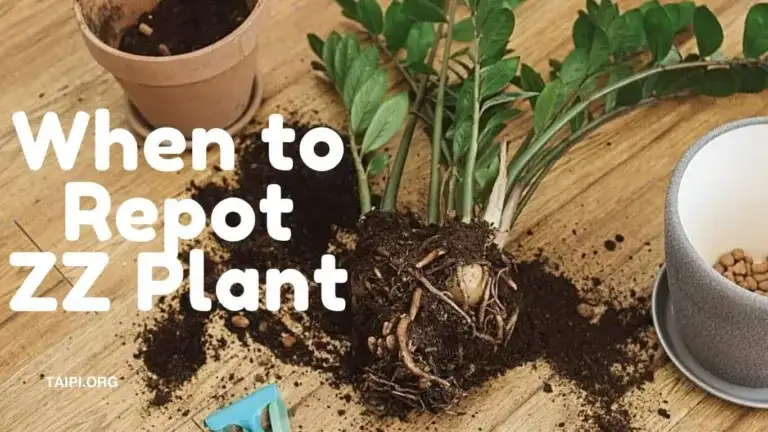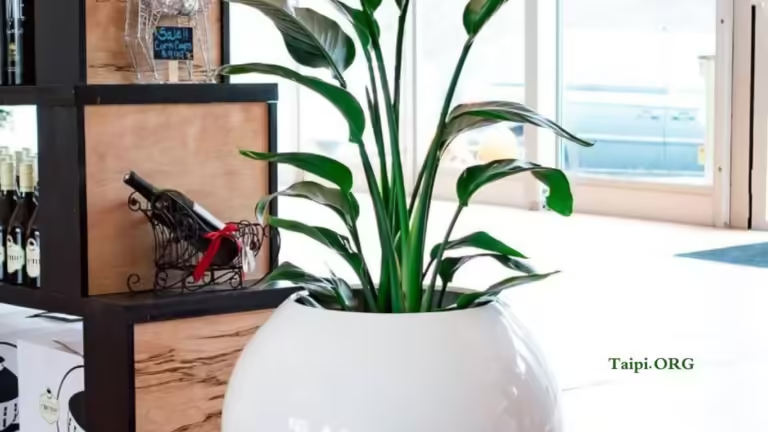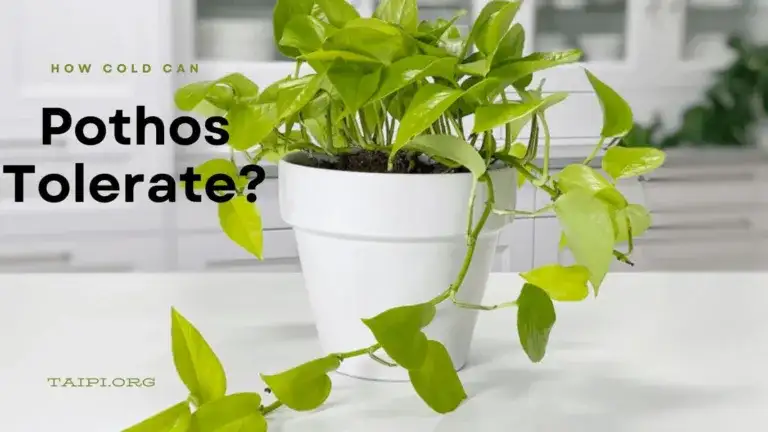8 Causes of Snake Plant Leaves Splitting
SNAKE PLANTS, also known as Sansevieria, are renowned for their hardiness and adaptability, making them a popular choice among houseplant enthusiasts. However, have you noticed your snake plant’s leaves developing unsightly splits? I want to provide you with the answer to the snake plant leaves splitting problem.
Overwatering is the main reason your snake plant leaves split. But there are other avoidable reasons your snake plant leaves keep splitting.
The 8 Main Causes of Snake Plant Leaves Splitting
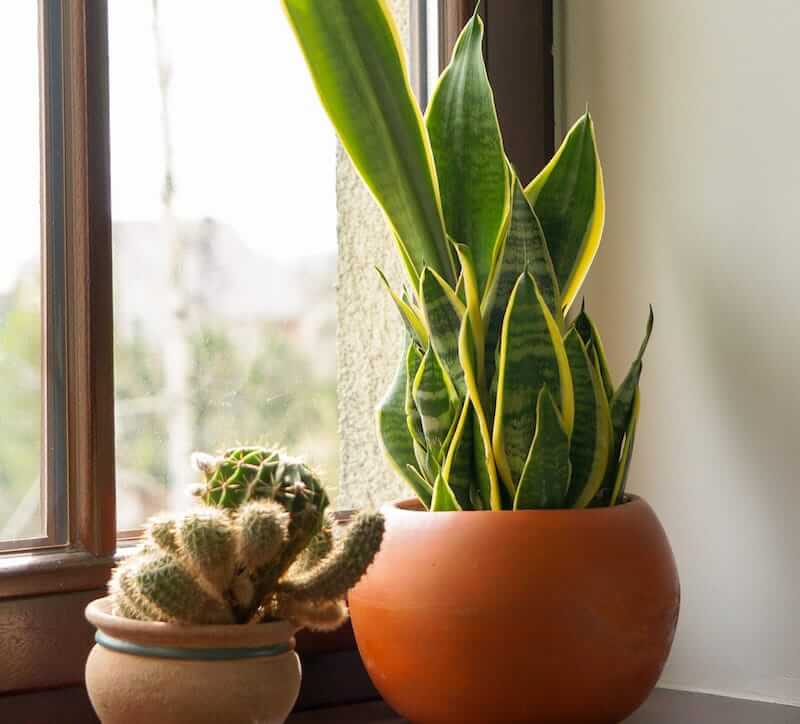
Here are the eight main reasons your snake plant leaves keep splitting:
1. Overwatering
One of the most prevalent issues leading to snake plant leaf splitting is overwatering.
Snake plants are drought-tolerant and prefer well-draining soil. Excessive moisture can lead to root rot, compromising the plant’s overall health and causing its leaves to split.
Ensure that you allow the soil to dry out between waterings, and always use pots with drainage holes.
2. Poor Soil Drainage
Snake plants thrive in well-draining soil. If you pot your plant in a dense or compacted mix, water may accumulate around the roots, promoting fungal issues and ultimately causing the leaves to split.
To solve this, repot your snake plant using a well-aerated, fast-draining potting mix to prevent waterlogged conditions.
3. Root-bound Conditions
As snake plants grow, their roots can become crowded within the pot. When the roots outgrow their container, they may struggle to absorb nutrients and water efficiently, leading to leaf damage.
Regularly repotting your snake plant and providing ample space for root expansion can help prevent this issue.
4. Inadequate Light
Insufficient light can weaken snake plant leaves, making them more prone to splitting. While snake plants are adaptable to low light conditions, they thrive in bright, indirect sunlight.
Ensure your plant receives adequate light to encourage healthy leaf growth and minimize the risk of splits.
5. Extreme Temperatures
Snake plants prefer moderate temperatures and are sensitive to extremes. Exposure to cold drafts or sudden temperature fluctuations can stress the plant, causing leaves to split.
Maintain a consistent temperature range, avoiding sudden changes to keep your snake plant in optimal condition.
6. Pests and Diseases
Pests, such as spider mites or mealybugs, can weaken snake plant leaves and make them susceptible to damage.
Regularly inspect your plant for signs of pests and treat any infestations promptly.
Additionally, fungal and bacterial diseases can lead to leaf splitting, so practice good hygiene and proper watering to minimize the risk.
7. Physical Damage
Accidental bumps, knocks, or rough handling can result in physical damage to snake plant leaves, leading to splits. Be cautious when moving or arranging your plants, and try to avoid causing stress to the leaves.
8. Nutrient Deficiency
A lack of essential nutrients, particularly nitrogen, can weaken snake plant leaves and make them prone to splitting.
Use a balanced fertilizer during the growing season to provide the necessary nutrients and promote overall plant health.
Causes of Snake Plant Leaves Splitting FAQs
Q: How often should I water my snake plant?
A: Snake plants prefer to dry out between waterings. Water them when the top inch of soil feels dry, typically every 2-4 weeks. Overwatering can lead to root rot, which may cause leaf splitting.
Q: Why are the tips of my snake plant leaves turning brown?
A: Browning tips could be a sign of overwatering, low humidity, or exposure to cold drafts. Ensure proper watering, maintain moderate humidity, and protect the plant from temperature extremes.
Q: Can snake plants survive in low light conditions?
A: Yes, snake plants are adaptable and can tolerate low light. However, they thrive in bright, indirect light. If possible, provide them with moderate to bright light to encourage optimal growth.
Q: What should I do if I notice pests on my snake plant?
A: Treat pest infestations promptly. Wipe off pests with a damp cloth, use insecticidal soap or neem oil. Isolate the plant if necessary to prevent the pests from spreading to other plants.
Q: How often should I fertilize my snake plant?
A: Fertilize snake plants during the growing season (spring and summer) with a balanced, diluted fertilizer. Feed every 4-6 weeks, following the package instructions. Avoid over-fertilizing, as this can harm the plant.
Conclusion
Understanding the causes of snake plant leaves splitting is crucial for maintaining a thriving indoor garden.
By addressing these issues promptly and providing your snake plant with the care it needs, you can enjoy lush, vibrant foliage and a healthy, resilient plant for years to come.

